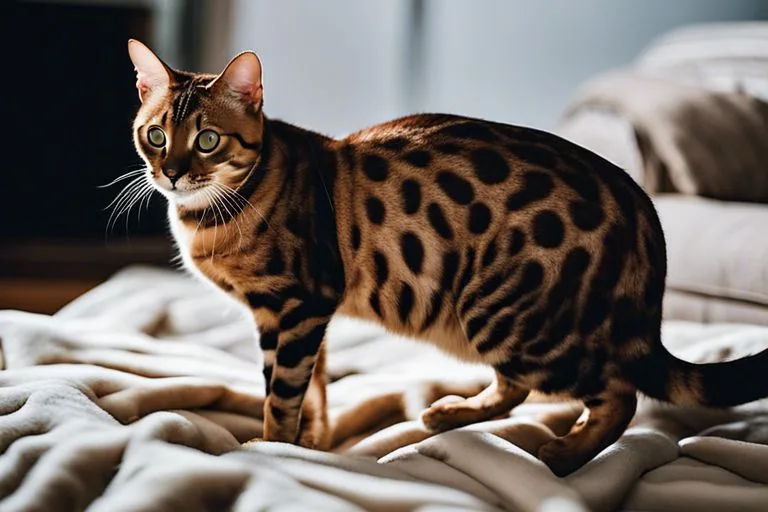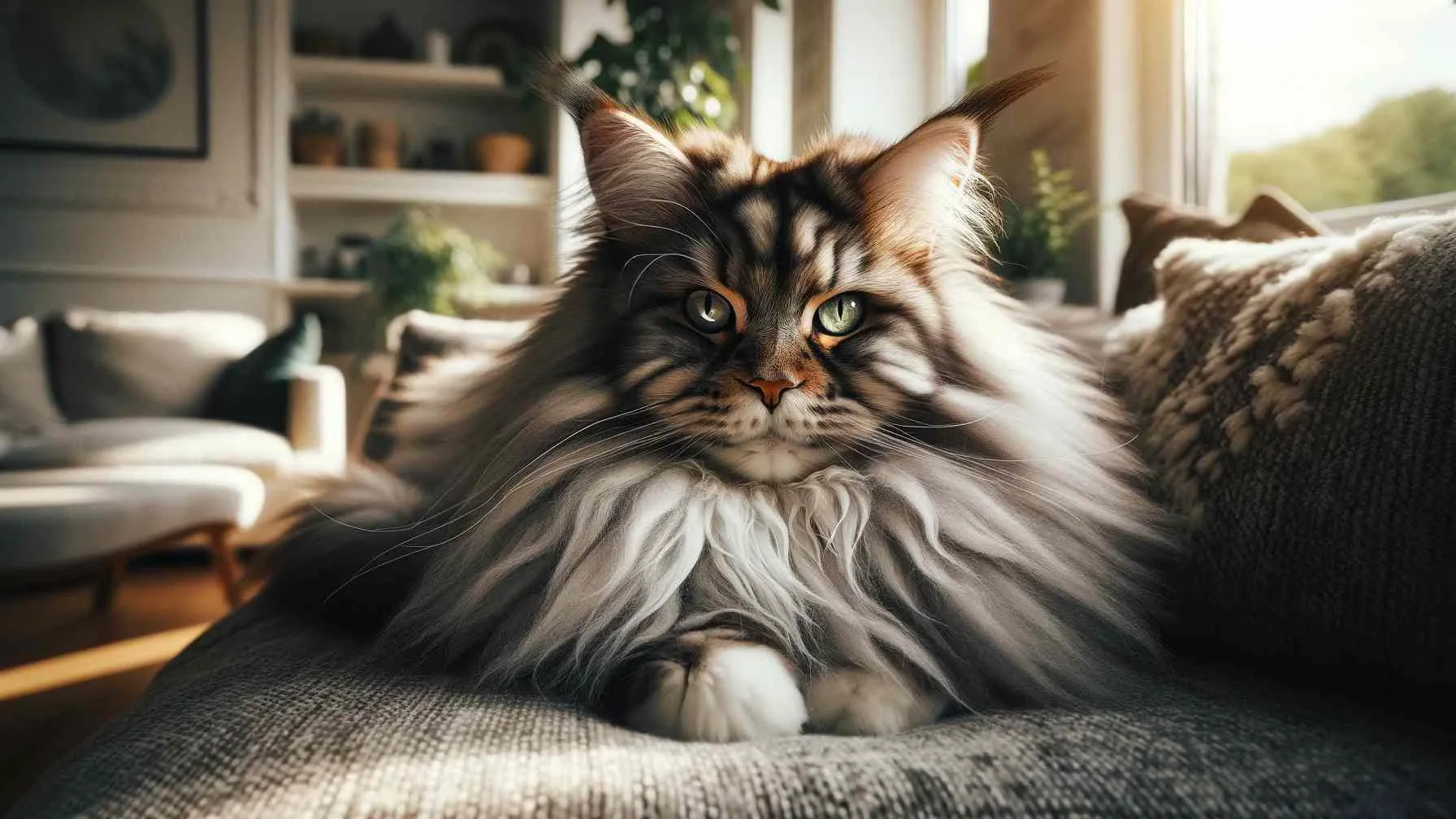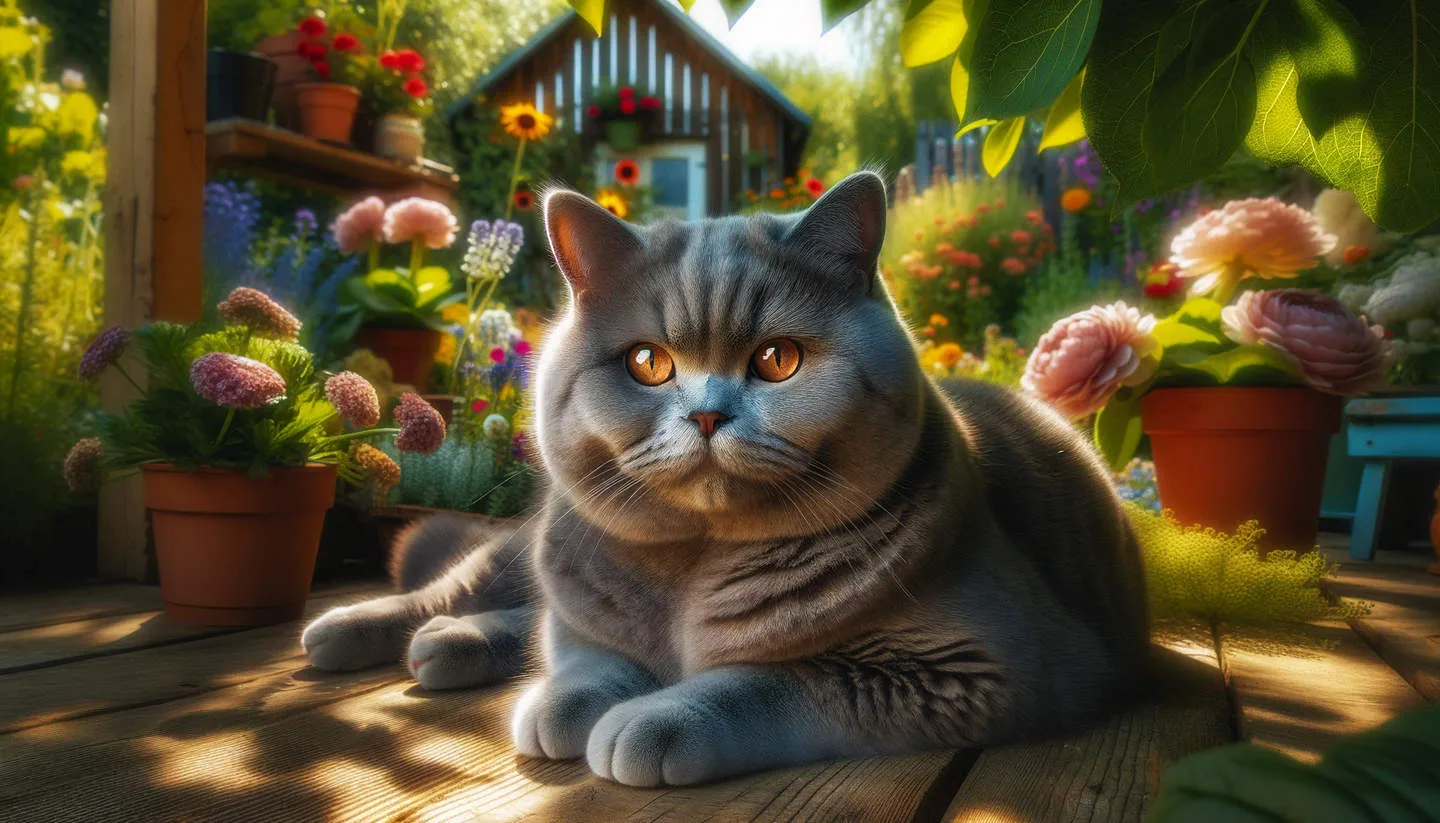Have you ever wondered if Bengal cats are more prone to shedding and claw issues? As a Bengal cat owner, it is essential to understand the potential challenges you may face with your beloved feline companion. While Bengal cats are known for their stunning coats and playful personalities, they require regular grooming to manage their shedding and proper claw maintenance to prevent potential issues. In this blog post, we will delve into the unique characteristics of Bengal cats and provide you with valuable insights on how to address shedding and claw issues effectively. Understanding the specific needs of your Bengal cat is crucial for ensuring their overall health and well-being.
Key Takeaways:
- Bengal cats can be prone to shedding. Their short, sleek coat sheds minimally, but regular grooming is necessary to minimize loose fur around the home.
- Claw issues can arise in Bengal cats. Due to their active nature, Bengal cats may require more frequent nail trims and scratching post alternatives to prevent claw-related problems.
- Proper care and attention can minimize shedding and claw issues in Bengal cats. By providing regular grooming and appropriate outlets for scratching, owners can help mitigate the shedding and claw concerns commonly associated with Bengal cats.
Bengal Cat Coat Characteristics
Even if you are considering bringing a Bengal cat into your home, you may be wondering about the shedding characteristics of this breed. You may be asking yourself, “Do Bengal cats shed? Get the answer you need here!”
Fur Texture and Shedding Patterns
Bengal cats have short, soft coat that does not typically mat or tangle easily. The texture of their fur can vary from individual to individual, but it is generally dense and plush. Despite the softness and beauty of their coats, Bengal cats are low to moderate shedders, meaning they are not as prone to heavy shedding as some other cat breeds.
Factors Influencing Shedding Frequency
Several factors can influence the shedding frequency of Bengal cats. The season plays a role, as cats tend to shed more during the spring and fall when their bodies are preparing for changes in temperature. Diet is another important factor that can impact shedding. Providing your Bengal cat with a high-quality, nutrient-rich diet can help maintain a healthy coat and reduce excessive shedding. Additionally, your cat’s overall health and genetics can also contribute to shedding patterns. Recognizing these factors can help you manage your Bengal cat’s shedding effectively.
Claw Health in Bengal Cats
Obviously, the health of your Bengal cat’s claws is an important aspect of their overall well-being. In our previous chapter, we discussed shedding in Bengal cats, and now we will focus on their claw health. If you want to learn more about shedding, you can read the detailed article on Do Bengal Cats Shed A Lot? – BlindBengal.
Common Claw Issues in Felines
One of the common claw issues in felines, including Bengal cats, is overgrown claws. This can occur if your cat does not have enough opportunity to naturally wear down their claws through scratching and climbing. Overgrown claws can lead to discomfort, pain, and even infection in your cat’s paws. It’s important to regularly trim your Bengal cat’s claws to prevent this issue.
Bengal-Specific Considerations for Claw Care
When it comes to claw care for Bengal cats, it’s important to consider their natural instinct to climb and play. Providing appropriate scratching posts and interactive toys can help your Bengal cat keep their claws healthy and prevent them from becoming bored and resorting to destructive scratching behaviors. Additionally, regular check-ups with your veterinarian can ensure that any potential claw issues are addressed promptly.
Management of Shedding and Claw Health
After researching whether Bengal cats shed less hair than other breeds of cats, you may have discovered conflicting information. While some owners claim that Bengals do shed less, others argue that shedding can be a problem. To manage shedding in Bengal cats, regular grooming is essential. You should brush your Bengal cat at least once a week to remove loose hair and prevent it from accumulating on your furniture and clothing. If you’re unsure about how to groom your Bengal, you can find helpful tips and advice on platforms like Quora related to ‘Do Bengals shed less hair than other breeds of cats?’
Grooming Techniques for Bengal Cats
When grooming your Bengal cat, use a brush specifically designed for cats with short, dense fur. This will help to remove loose hair and prevent matting. Additionally, regular grooming allows you to check your cat’s claws for any signs of overgrowth or damage. Establishing a grooming routine will not only manage shedding, but it will also promote healthy claw health in your Bengal cat.
Diet and Nutrition for Optimal Coat and Claw Health
Your Bengal cat’s diet plays a crucial role in maintaining a healthy coat and claw health. Ensure that you are feeding your cat a high-quality, balanced diet rich in essential nutrients such as protein, omega-3 fatty acids, and vitamins. These nutrients are essential for maintaining a shiny, healthy coat and strong, resilient claws. Additionally, providing your Bengal cat with appropriate chew toys can help maintain healthy claw length and prevent overgrowth.
Are Bengal Cats More Prone To Shedding And Claw Issues?
With these considerations in mind, it is important to recognize that Bengal cats are not necessarily more prone to shedding and claw issues compared to other cat breeds. However, their unique coat pattern and type may make the shedding more noticeable. Additionally, their natural inclination to be active and playful may result in more wear and tear on their claws. By providing your Bengal cat with regular grooming, appropriate scratching posts, and plenty of toys to satisfy their natural behaviors, you can help minimize shedding and claw issues. It’s important to consult with your veterinarian for additional guidance and advice specific to your Bengal cat’s individual needs.
Bengal Cats Shedding and Claw Issues FAQ
Q: Are Bengal cats prone to shedding more than other breeds?
A: Yes, Bengal cats are known for their luxurious and soft coat, but they do shed like any other breed. Regular grooming and brushing can help to manage shedding and keep their coat healthy.
Q: How often do Bengal cats need to be groomed to minimize shedding?
A: Bengal cats should be brushed at least once a week to help minimize shedding. Using a grooming glove or soft brush can help remove loose fur, dirt, and distribute natural oils for a healthy coat.
Q: Do Bengal cats have any special grooming needs to address shedding?
A: Bengal cats have no specific grooming needs, but it is important to pay extra attention to their coat during shedding season. Regular grooming and providing a balanced diet can help minimize shedding and maintain coat health.
Q: Are Bengal cats more prone to claw issues than other breeds?
A: Bengal cats are not more prone to claw issues than other breeds. However, regular nail trimming and providing appropriate scratching posts can help prevent claw-related problems in Bengal cats.
Q: How often should Bengal cats have their nails trimmed to avoid claw issues?
A: Bengal cats should have their nails trimmed every 2-4 weeks to prevent overgrowth and potential claw issues. Providing scratching posts or pads can also help to naturally maintain their nail health.



